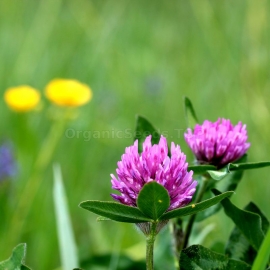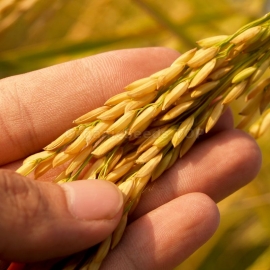














«Red Hibernian» - Organic Red Clover Seeds
1.14 €
Wild Red Clover - grows best in well drained grassland and is well suited to poor soils on sites where there is plenty of sunlight. In the wild, plants occur on roadsides and in old meadows.
-
Organic Red Clover «Red Hibernian»
Wild Red Clover - grows best in well drained grassland and is well suited to poor soils on sites where there is plenty of sunlight. In the wild, plants occur on roadsides and in old meadows.
It is increasingly common to find agriculture varieties of this plant growing in the wild, which are larger and grow more vigorously. The true wild red clover is far more attractive and has smaller flowers that are deeper red.
Plants attract a wide range of insect life such as Bumble Bees, and Butterflies and in the wild, Red Clover also plays host to breeding butterflies such as the Short tailed Blue that will lay its eggs on the plant.
Red Clover is a low growing species with a deep red flower that appears from May to September. Red Clover looks best growing with other wild flowers that bloom in mid-summer such as Oxeye daisies, Birds foot trefoil, Meadow Cranesbills and Field Scabious. Alternative Names for Red Clover include meadow clover, wild red clover, cow clover, kitty clover, honeystalks, marl grass, wild clover and sugar plums.
Bring in Bees!How to grow
Red Clover seeds should be sown in spring or autumn, either outside, where they are to flower, or in seed trays and covered lightly with compost. Germination can be improved by lightly rubbing the seeds between 2 sheets of sandpaper. This is known as scarification and helps break down the seed’s tough outer shell. Wild Red Clover seeds are usually easy to germinate and the seedlings, which are quick to develop, can be pricked out and grown on, for planting out later in the year.
Products Viewed Before
Product code: 6102
1.14 €
Early maturing and good standing with very high yields. A good choice for underseeding with a legume. Oats are a quick-growing green manure. For winter cover, sow by early Sept. in the North, slightly later farther south.

